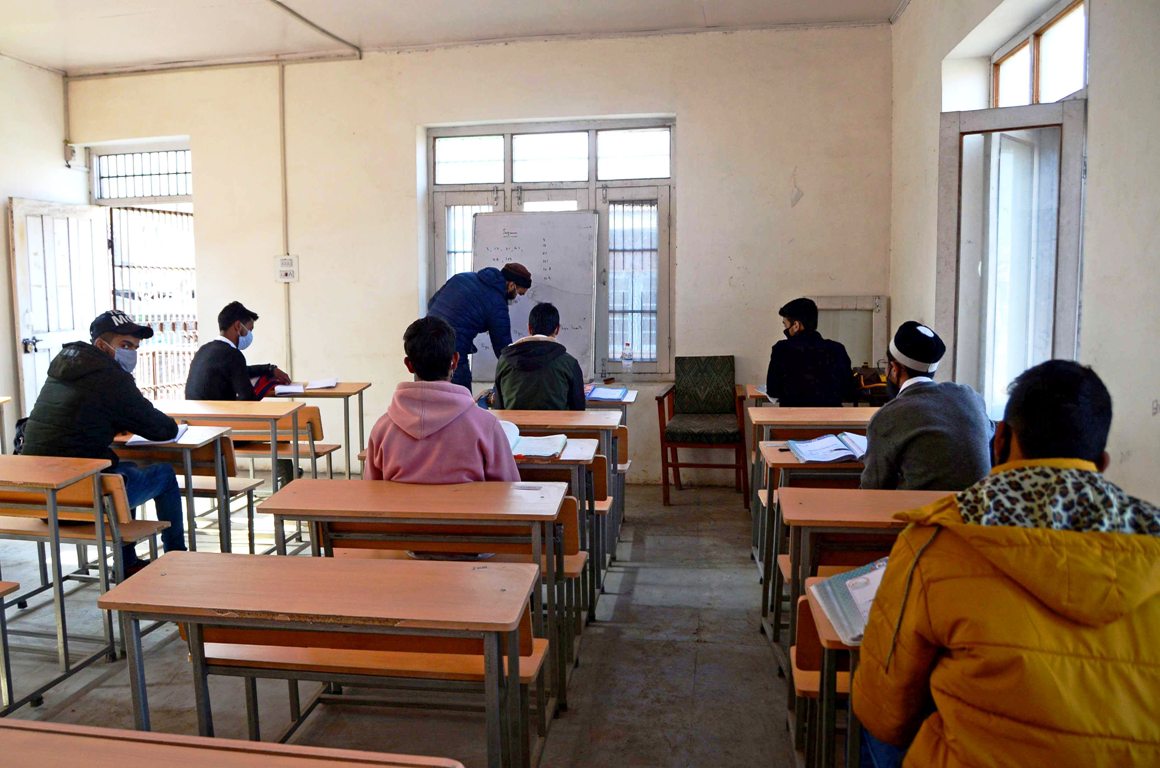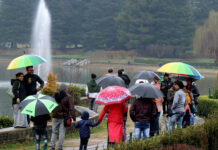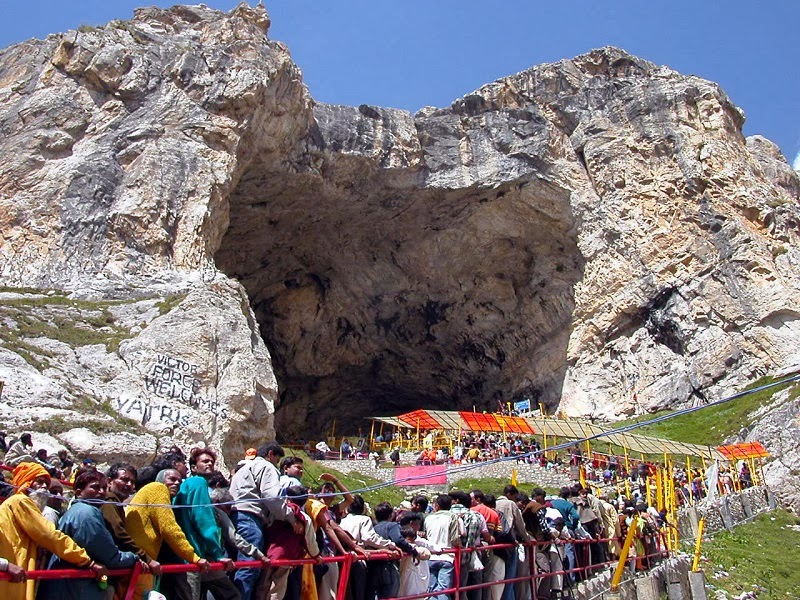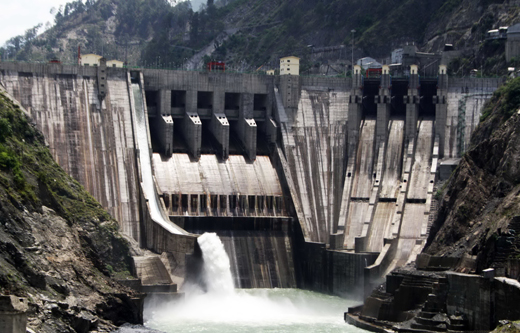SRINAGAR: More than 2600 people were reported dead in a devastating earthquake that flattened most of Turkey’s Gaziantep area bordering Syria. The devastation is visible across Turkey’s 10 provinces and a vast belt in war-torn Syria.
Depremler sonrası *Hatay’ın yukarıdan görüntüsü: pic.twitter.com/RnSi8yNTzA
— ibrahim Haskoloğlu (@haskologlu) February 6, 2023
Tensions in Kashmir families whose wards are studying in Turkey has mounted even though the Government of India is making efforts to reach the Indian students if any, in the disaster-hit areas. India said it was sending medical squads, search and rescue teams and relief material to assist Turkey’s response. Officials in India said they prepared 100 rescue workers with specially trained dogs to send to Turkey in the wake of the earthquake.
Malatya’da yeni yapılan bir bina, Kahramanmaraş depremi sonrası bugün yerle bir oldu. pic.twitter.com/dcNzSDi5yO
— ibrahim Haskoloğlu (@haskologlu) February 6, 2023
The destruction was the outcome of two massive earthquakes – the first one having a magnitude of 7.8, and hours later another one with 7.5 magnitudes. The winter is supposed to impact rescue operations as the toll is likely to go up many times more. It was raining when a major tremor hit the area.
The wee-hour earthquake led to the pancake collapse of a vast number of housing blocks, trapping people under the rubble. The rescue was on when the second one hit the same belt thus adding to the crisis. Some of the buildings that survived the first or both major jolts later collapsed like pack of cards. Some of these destructions were captured by people on their cell phones.
JUST IN: 🇹🇷 Thousands estimated to be dead following 7.8 magnitude earthquake in Turkey. pic.twitter.com/Z4VHxtPvaF
— Remarks (@Remarks) February 6, 2023
Turkey and parts of Syria fall in a high seismic zone. Given the magnitude of the earthquake, it is been seen as the second only to December 1939 earthquake that killed 39000 people.
“I have never felt anything like it in the 40 years I have lived,” BBC quoted Gaziantep resident Erdem saying. “We were shaken at least three times very strongly, like a baby in a crib.”
In certain areas the earthquake damaged the gas pipeline triggering fires. Turkey’s state-owned crude oil and natural gas corporation, BOTAS, the flow of natural gas to Gaziantep, Hatay and Kahramanmaras provinces, as well as nine nearby counties, was stopped as a result of damage to the Kahramanmaras-Gaziantep transmission line.
2,200 years old Gazintap Castle destroyed by the earthquake in Turkey.
Before vs Now. pic.twitter.com/vAtIWhmlsA
— Xavi Ruiz (@xruiztru) February 6, 2023
“I barely got myself and my family out of the building. We were just coming out of the wreckage when we saw a person reach out through a small gap,” Veysel Şervan told BBC. “The building collapsed on our friend who tried to save them. They have no chance of escape, it collapsed on them completely. We are in a very difficult situation.”
The earthquake reduced Gaziantep castle and the Shirvan Mosque to rubble. The castle was over 2000 years old and belonged to the Roman period. Built by the Romans during the second and third centuries, the castle was strengthened and expanded by the Byzantine emperor Justinian I in the sixth century. Later the Ayyubids in the twelfth and thirteen centuries improved it. It was a museum.
Pray for #Turkey A 7.8 magnitude earthquake hit Turkey Syria,(State of Catastrophe) early on Monday, It’s a major earthquake in the history of centre thousands of building collapse,912 people died & 5373 above people injured😭💔 #TurkeyEarthquake#turkeyearthquake2023 pic.twitter.com/QEqjFVgFok
— Esra Bilgic (@esrbillgic) February 6, 2023
Turkish official news gatherer, Anadolu Agency reported the earthquake — felt as far away as Lebanon, Jordan, Israel and Egypt — occurred in Kahramanmaras province, north of Gaziantep, near the Syrian border. It devastated the southern Turkey and northern and central Syria. Gaziantep, Sanliurfa, Diyarbakir, Adana, Adiyaman, Malatya, Osmaniye, Hatay, and Kilis provinces are heavily affected by the quake.
700+ people have died as a deadly earthquake with a magnitude of 7.8 jolted 🇹🇷 Turkey, 🇸🇾 Syria, and 🇱🇧 Lebanon. إنا لله وإنا إليه راجعون#TurkeyEarthquake pic.twitter.com/5d3M5u2mQU
— Engin Altan Duzyatan (@EnginAltanDuz) February 6, 2023
Given the fact that the winters and the collapse of public communication systems have been seriously impacted, the survivors have uploaded hundreds of photographs and visuals explaining the devastation. A number of global media houses have used these motion photographs to detail the tragedy for larger audiences.
Latest reports suggest that a tsunami has hit the Turkish shores and it is adding to the costs.















